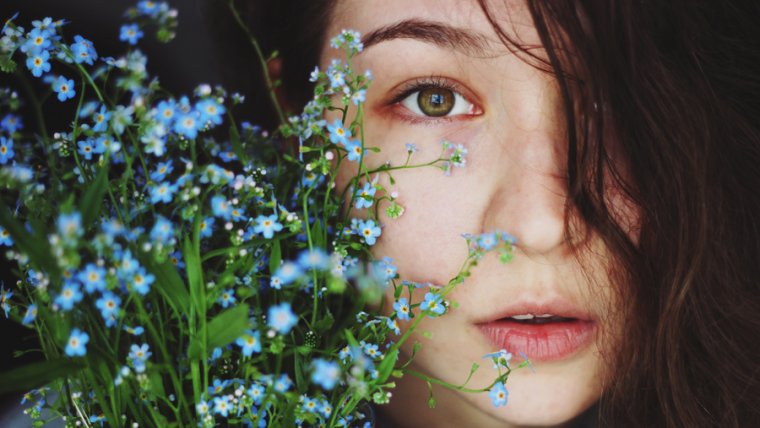
Over 7 years ago, I discovered photography for the very first time and instantly fell in love with everything it had to offer. Inspired by the spectacular array of self-portraits I had stumbled upon, I grabbed a hair clip with a flower on it and stepped outside for my very first shoot. If you were to see the results now, you wouldn’t be impressed. However, my younger self-was beyond delighted because of the creativity a single flower decoration provided. Without the crimson hair clip, my photographs would’ve lacked vibrancy. Such a seemingly insignificant addition pushed me to experiment with all types of adornments, especially flowers.
Natural and artificial flowers possess a beauty capable of enhancing any portrait. Though they’re often used in weddings, flowers can also serve as perfect floral headdresses, foregrounds, and backgrounds for any kind of shoot. Including them in your portraits, whether they’re of yourself or of your clients, will add a pleasant and natural touch to your portfolio. Since spring is just around the corner, here are a few tips on how to use flowers to take visually appealing pictures.
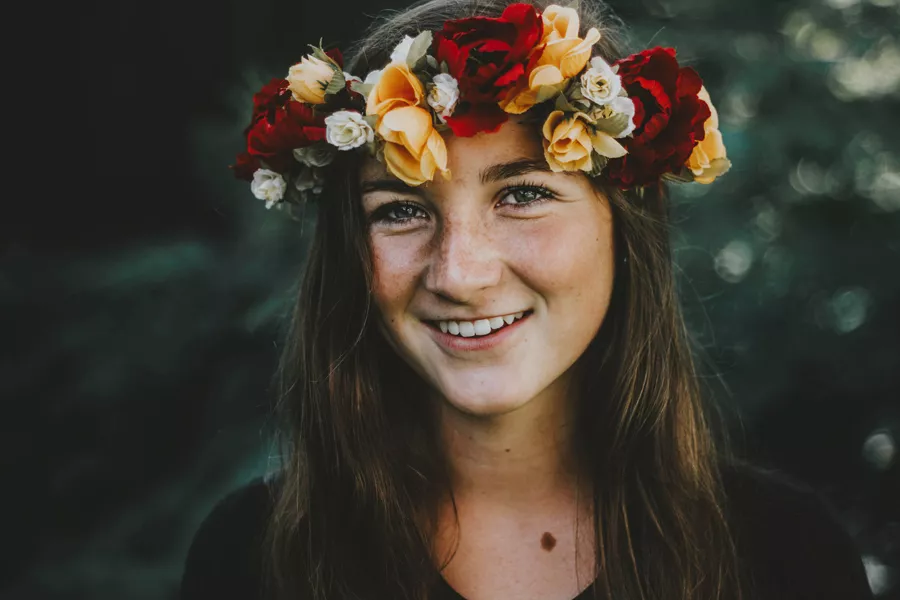
Simple portraits can be enhanced with the help of a simple bouquet of flowers. If for whatever reason, you’re running out of ideas for a client shoot, blossoms of any kind will instantly transform your portraits into stunning works of art. If natural flowers aren’t available (or if your client is allergic to them) don’t stress. Artificial flowers can possess a touch of beauty akin to natural ones. However, if the ones you own happen to look too artificial, you can use them as foregrounds. Blurred foregrounds add mystery and a striking splash of color to portraits. Since you can’t really see them due to the depth of field, you needn’t worry about unnatural looking details. (General photography tip: any type of object, when placed right in front of your lens without covering it entirely, will serve as an interesting foreground which will compel your viewers to wonder how you achieved such an effect. Try it!)
Flowers can also serve as perfect resources for diptychs. If a portrait of your client holding a lovely bouquet of flowers seems to be missing something, combine that image with one of the blooms alone (or a closeup of an individual petal, for example). This will tell a more powerful story about your subject and provide you with an opportunity to experiment with photo combinations. Since not every photo combination is appealing, experimenting with them will help you acquire your own unique style as well as a great storytelling technique. Diptychs are particularly useful for wedding photography because of this fact, though using them in your (self) portraits will boost both your portfolio and your creativity.
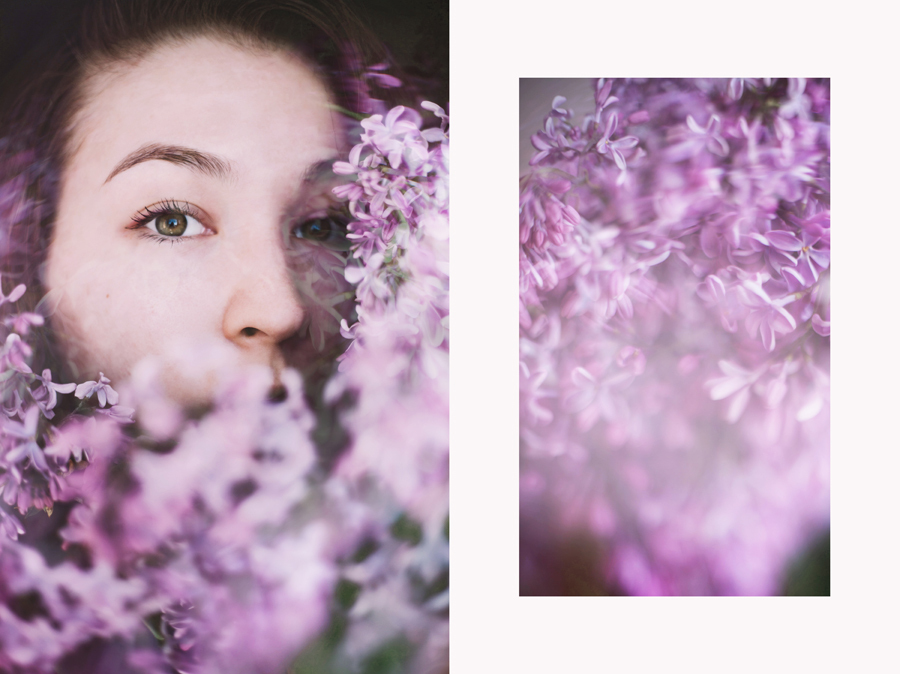
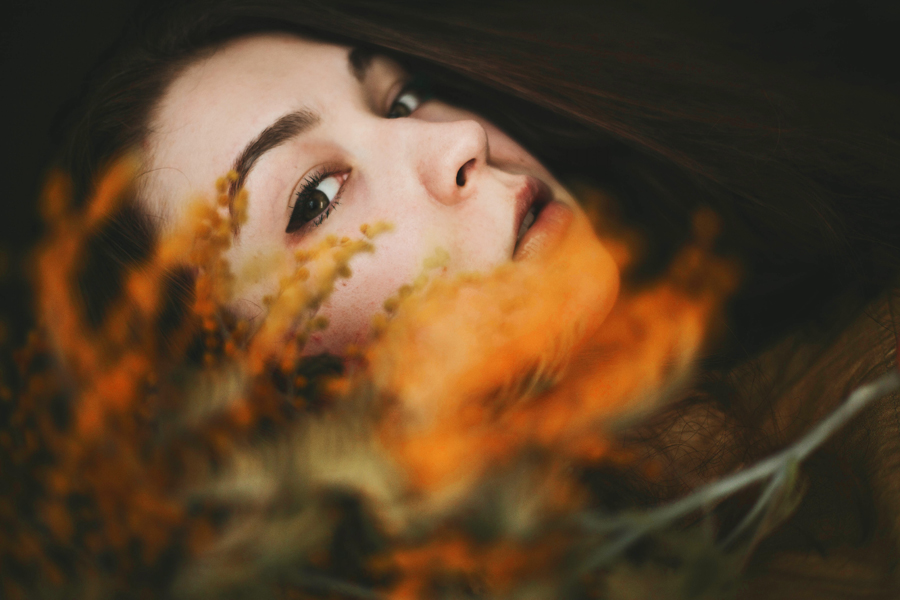
Golden hour is a photographer’s best friend. Almost everything it touches acquires an indescribably stunning glow. Thus, it’s ideal for portraits, especially ones which include flowers of any sort. As you can see in the photo below, golden hour illuminates plants in a seemingly magical way, perfect for those who love capturing light at its best. Combine golden hour with a happy client holding flowers and you’ll both be beyond pleased with the results.
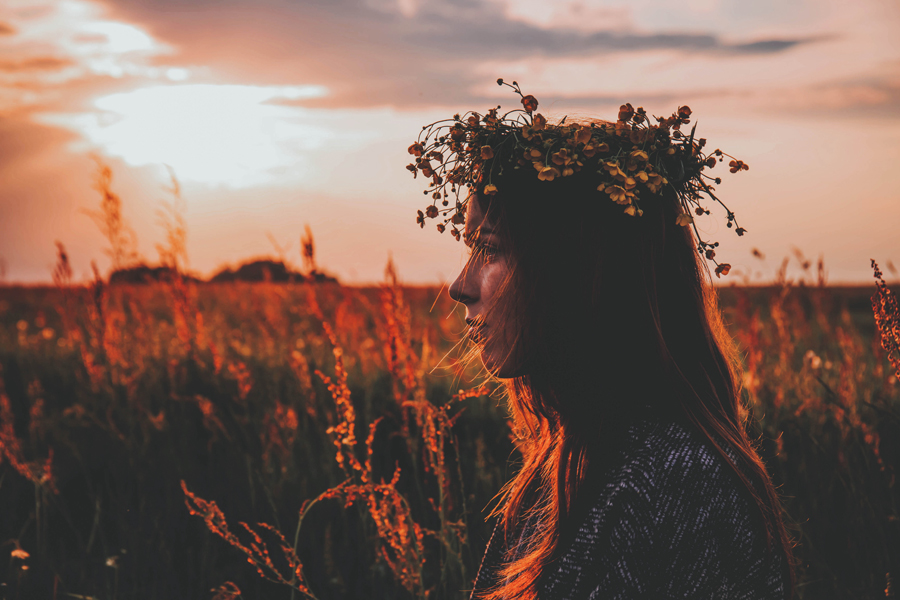
For those who photograph children, flowers are perfect for moments of distraction and play. Children are drawn to nature and its exquisite colors; let them interact with nature or, if possible, give them a daisy chain to wear. Spontaneous photos of children enjoying their natural surroundings or laughing at their floral headdress will produce incredibly delightful results. Additionally, you won’t finish your shoot feeling stressed and discouraged.
Perhaps the most magnificent gift flowers give us is diversity. There are so many flowers and as a result, there are just as many themes to work with. Flowers vary in shape, size, pattern, color, etc., allowing artists to work with them in an abundance of ways. Even better, these unique features can be used to reflect emotions, situations, and stories. For example, Forget-Me-Nots could be used to positively enhance your subject’s innocence. Lilacs, on the other hand, could give your images a more romantic atmosphere. Gather or buy flowers before a shoot and study them. What do their appearances remind you of? Take notes and plan a shoot using your observations; rest assured, the results will be more than impressive. If you’re in an experimental mood, start a flower portrait project focusing on the beauty of flowers and the stories behind them.
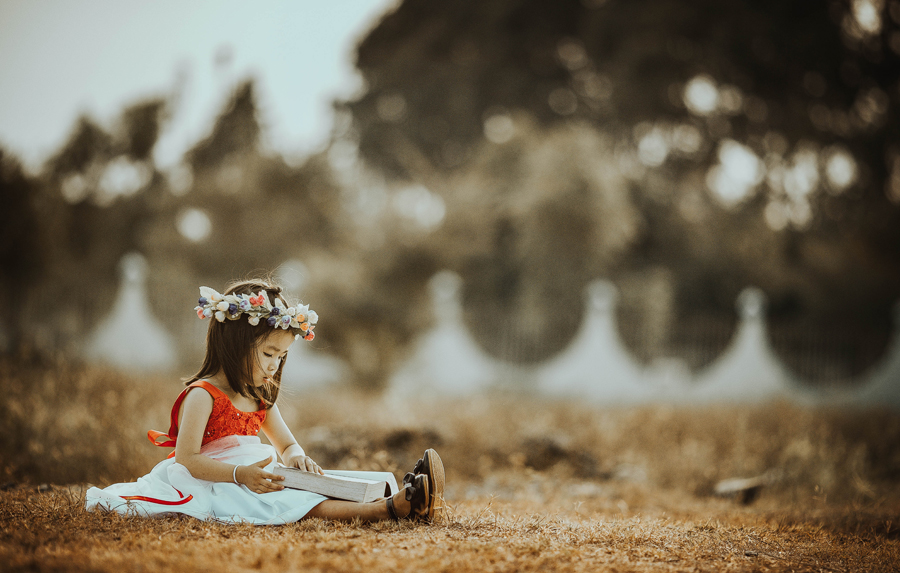
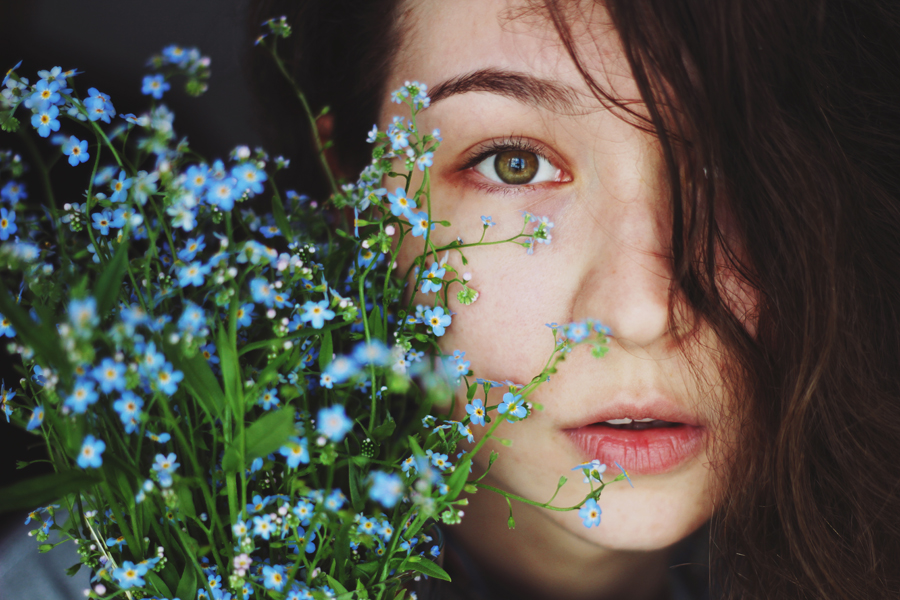
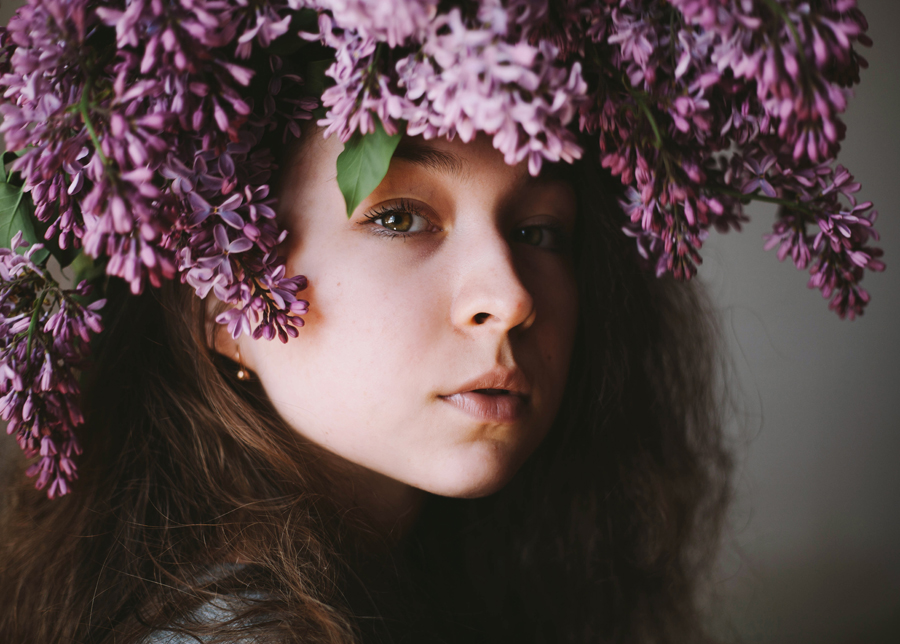
Whether you’re in a mood to start a tremendous project, or if you simply wish to enhance the quality of your client work, take the time to experiment with flowers. Their natural beauty will inevitably provide you with many, many invaluable photo ideas.
Good luck!
Comments (0)
There are no comments yet.